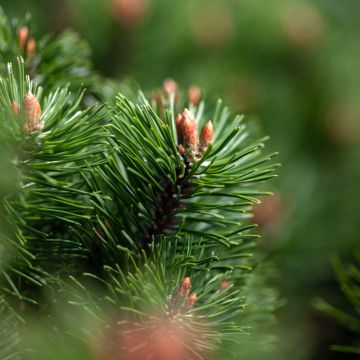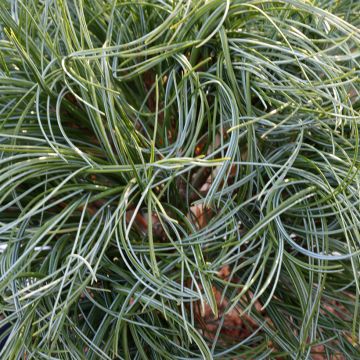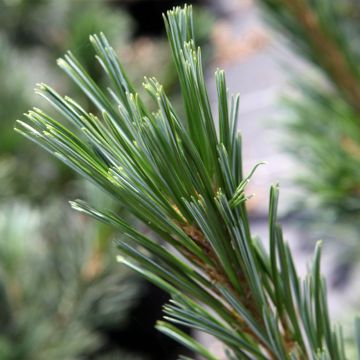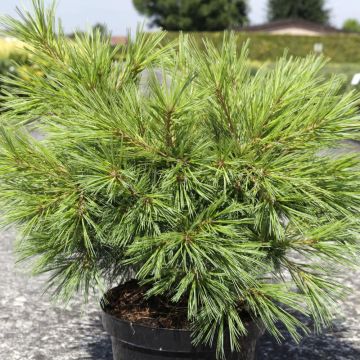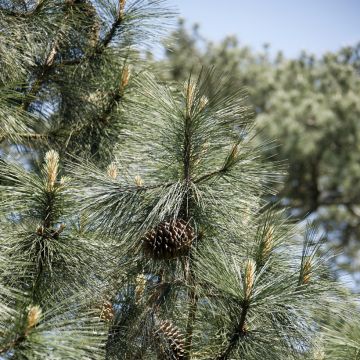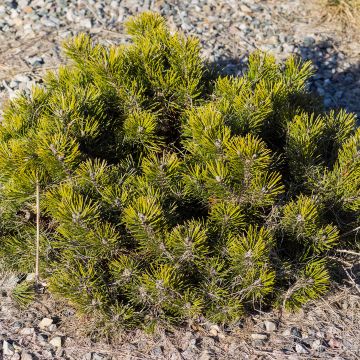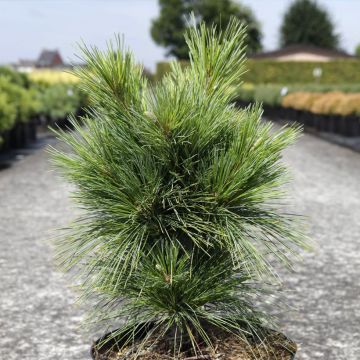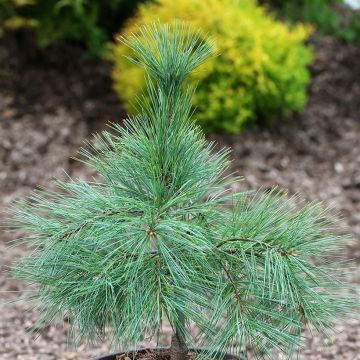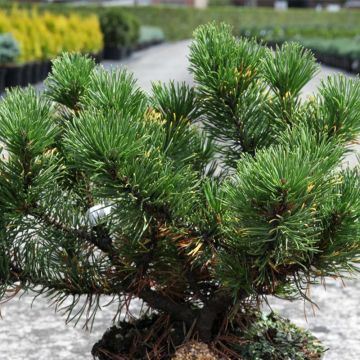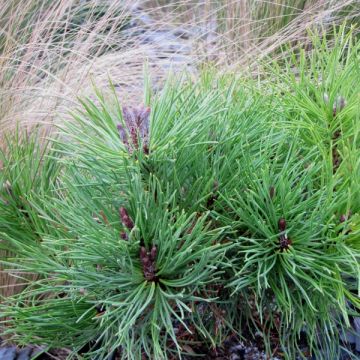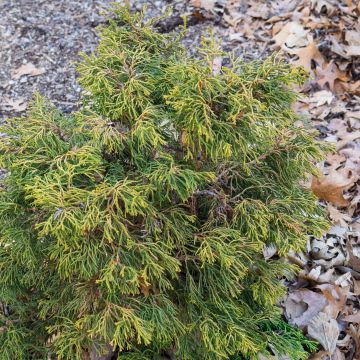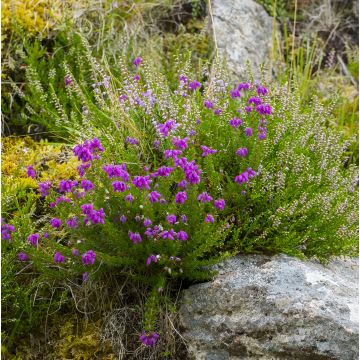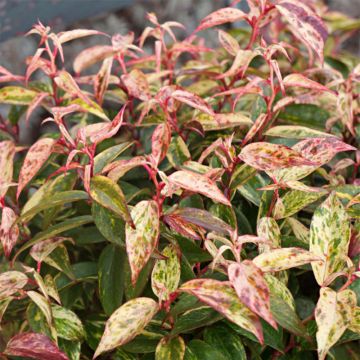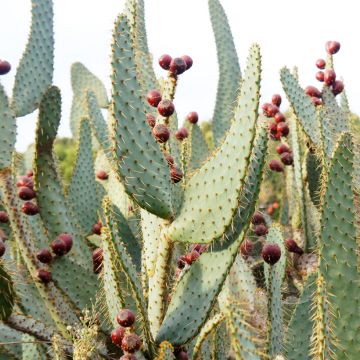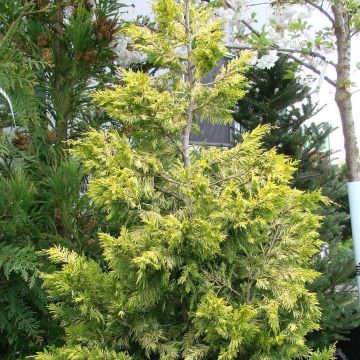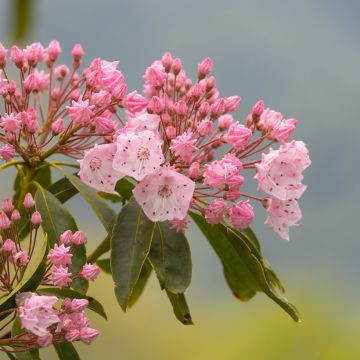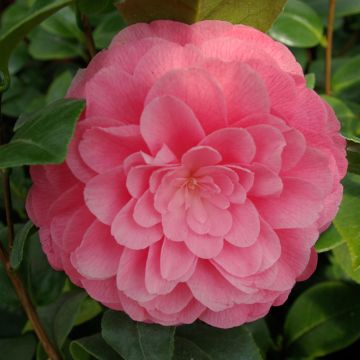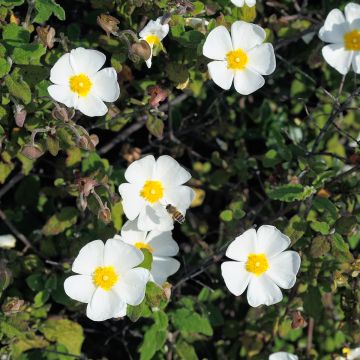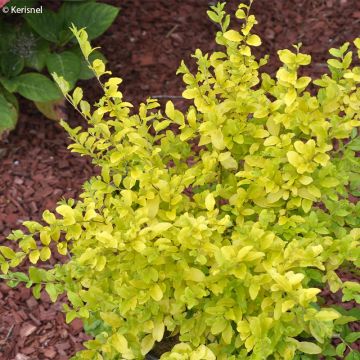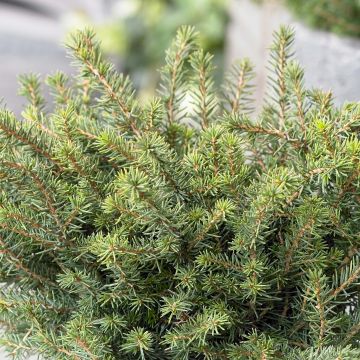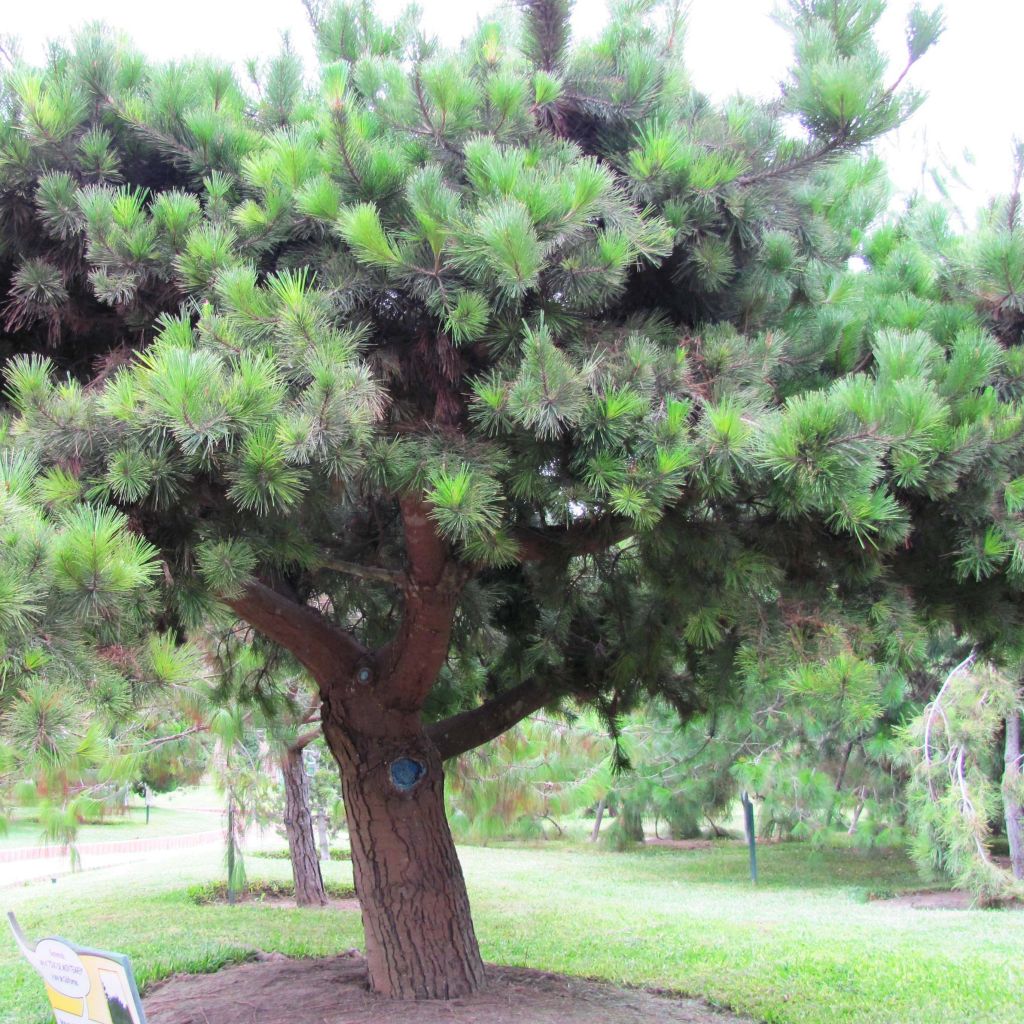

Pinus insignis - Monterey Pine
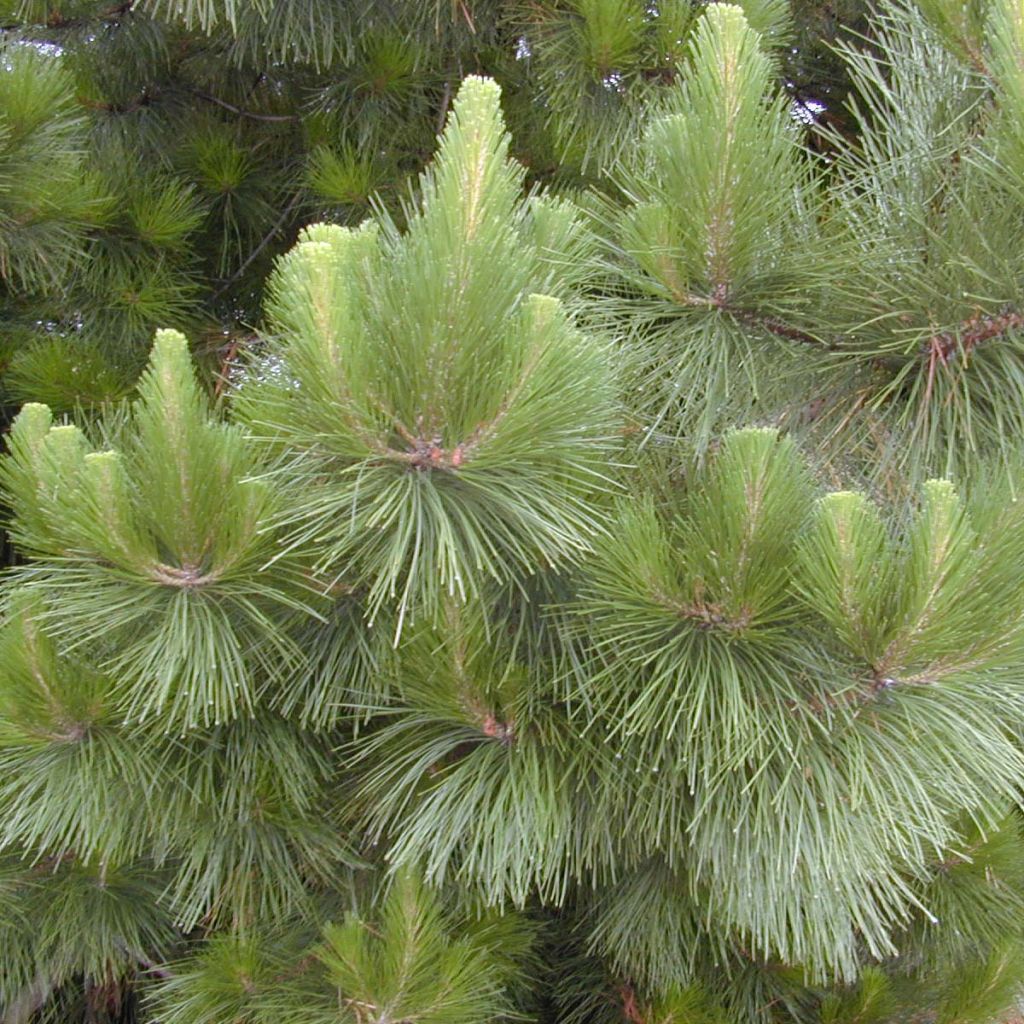

Pinus insignis - Monterey Pine
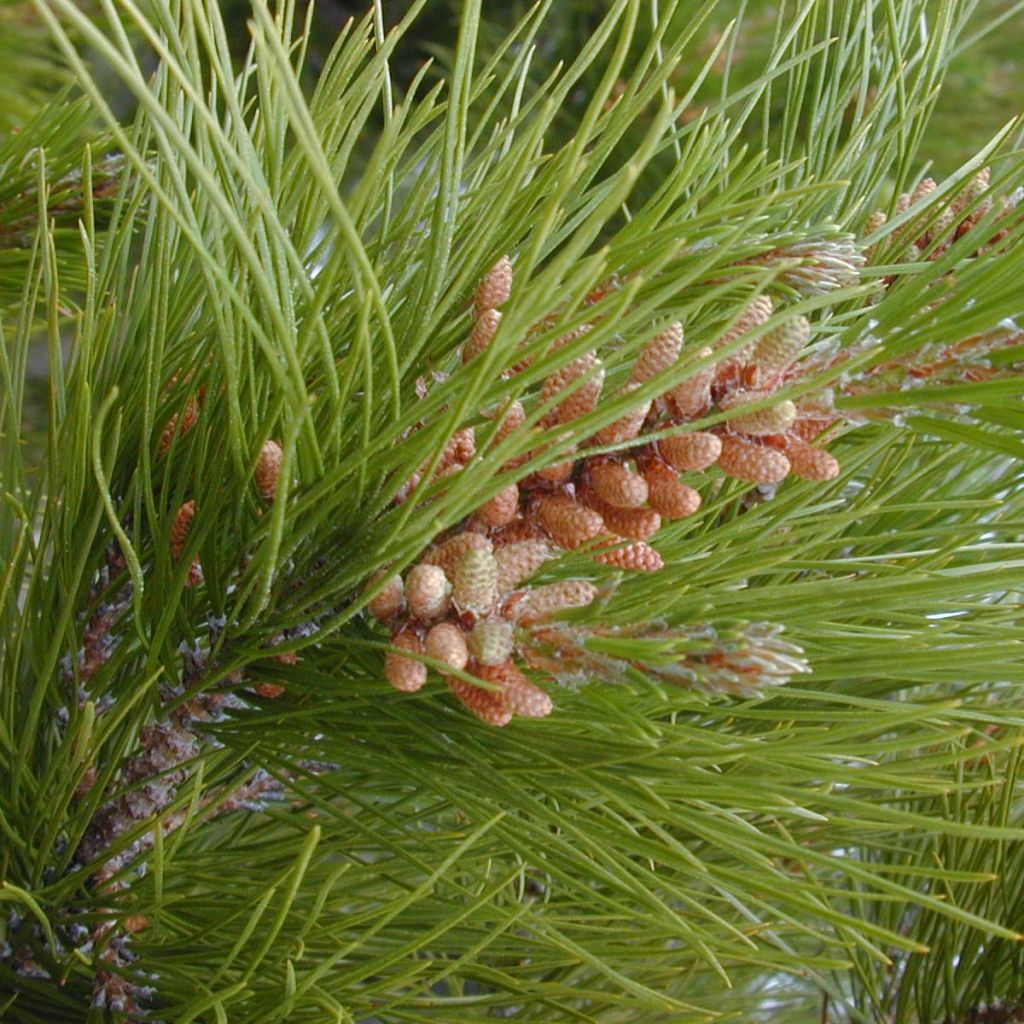

Pinus insignis - Monterey Pine
Pinus insignis - Monterey Pine
Pinus insignis
Monterey Pine
This item cannot be shipped to the selected country
Delivery charge from €5.90
Oversize package delivery charge from €6.90
Delivery to Corse prohibited
More information
Schedule delivery date,
and select date in basket
This plant carries a 24 months recovery warranty
More information
We guarantee the quality of our plants for a full growing cycle, and will replace at our expense any plant that fails to recover under normal climatic and planting conditions.
From €5.90 for pickup delivery and €6.90 for home delivery
Express home delivery from €8.90.
Oversize package: home delivery by special carrier from €6.90 per order..
Express home delivery from €8.90.
Delivery to Corse prohibited: UE law prohibits the import of this plant from mainland France to Corse as part of the fight against Xylella fastidiosa. Please accept our sincere apologies.
More information

Does this plant fit my garden?
Set up your Plantfit profile →
Description
Pinus insignis, the Monterey Pine, is a Californian species that is very elegant and fast-growing, and is well adapted to mild and humid climates. For this reason, it is widely used along coastlines for reforestation. It also creates very effective windbreak hedges, even by the sea. This graceful conifer has a conical shape in its early years, becoming more columnar with age, and is adorned with beautiful deep and shiny green foliage all year round. Hardy to about -15° C (5° F) once established, it prefers acidic, moist but well-drained soil.
Pinus radiata is a conifer in the Pinaceae family, native to the southern coast of the western United States, specifically Monterey, a city located in California. In its natural environment, it can reach a height of 25 m to 70 m (82 ft to 229.7 ft), but will rarely exceed 15 m (49.2 ft) in height and 4 m (13.1 ft) in width under our climates. It has a characteristic shape, pyramidal when young, elongating into a column over the years. Its growth is rapid, about 1 m (3.3 ft) per year. Its trunk, more or less slender, sometimes short and massive, supports very large structural branches. The bark is marbled with light brown and greyish tones. Its dark green-blue foliage is composed of straight, slightly twisted needles measuring 8 cm to 20 cm (3.1 in to 7.9 in) long, which are most often grouped in threes. Its light-brown cones, 10 cm to 15 cm (3.9 in to 5.9 in) long, are all oriented towards the trunk and remain attached to the tree for a long time before falling.
The Monterey Pine is well adapted to mild and humid climates, sensitive to severe frosts when young, and does not tolerate prolonged drought or high temperatures. This beautiful ornamental tree with dense foliage can be planted either as a standalone tree or in an evergreen hedge by the seaside. However, despite all its qualities, this tree produces a lot of dead wood and very dense shade. Its root system is quite shallow, although powerful, which can make it susceptible to strong storms: it is advisable not to plant it too close to a building.
Report an error about the product description
Pinus insignis - Monterey Pine in pictures
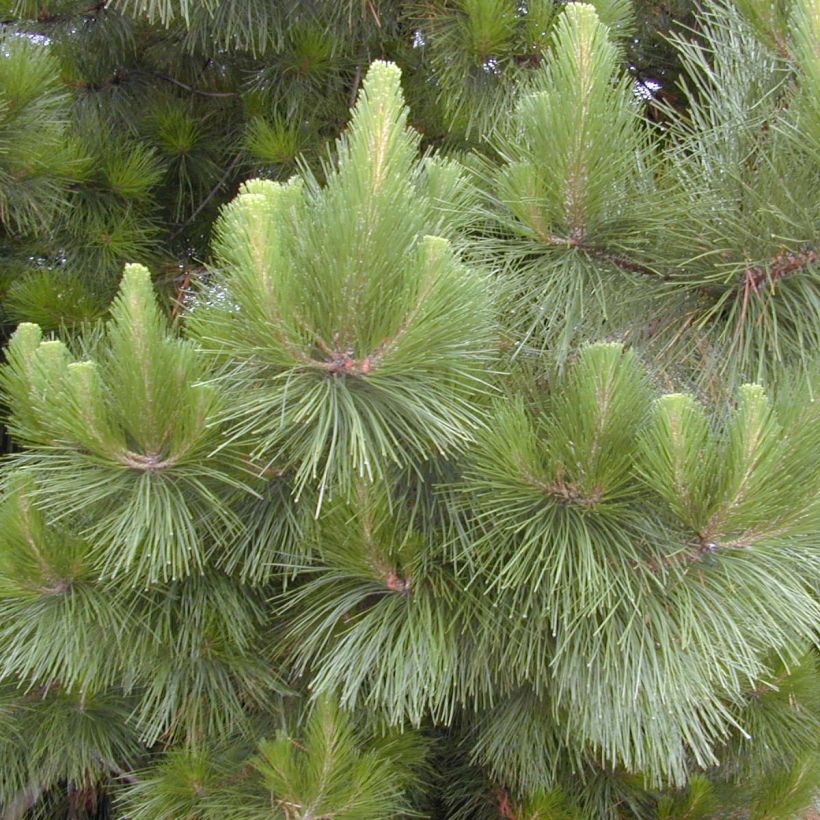

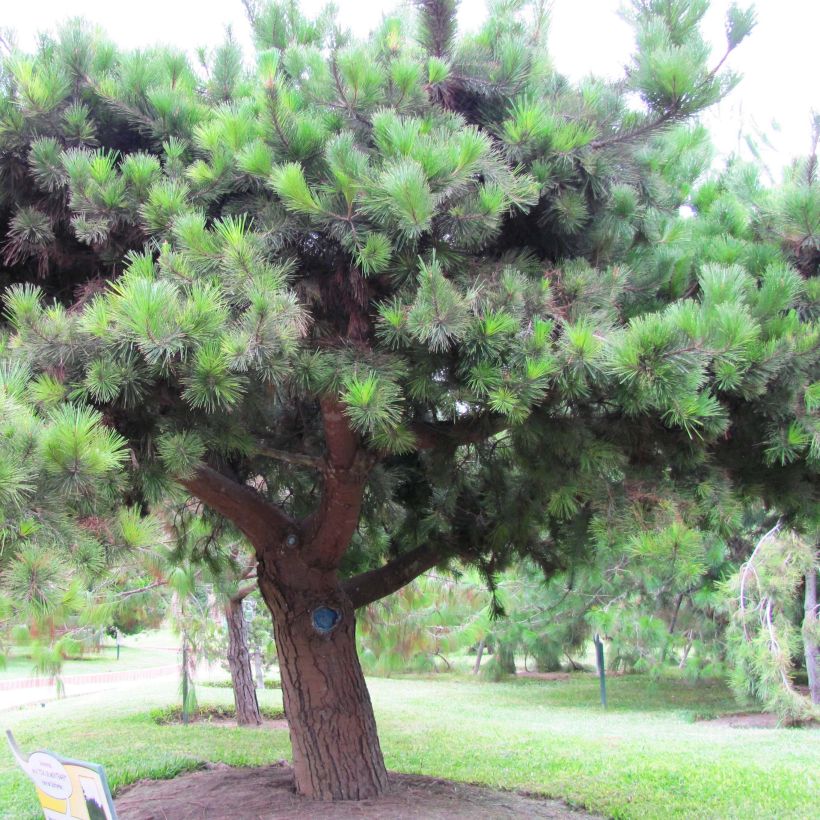

Plant habit
Foliage
Botanical data
Pinus
insignis
Pinaceae
Monterey Pine
North America
Other Pinus - Pine
Planting and care
Plant Pinus insignis from September to November and from February to June in ordinary but deep, rather acidic soil, that is moist but well-drained. It prefers loose and light soils, which are sandy or loamy and non-calcareous. Choose a sunny or semi-shaded location in a warm climate, sheltered from cold winds that could damage the young shoots. Soak the root balls well before planting. Add organic matter at planting. Water generously for the first three years and during prolonged drought. Apply a special conifer fertiliser every year in April and weed the soil in summer. This less hardy conifer (up to -15° C (5° F)) dislikes dry soils and heatwaves, and appreciates some atmospheric humidity. Pruning is absolutely necessary for trunk formation and to encourage more root growth. Prune in March-April, at the end of winter when new growth starts.
Planting period
Intended location
Care
-
, onOrder confirmed
Reply from on Promesse de fleurs
Evergreen shrubs
Haven't found what you were looking for?
Hardiness is the lowest winter temperature a plant can endure without suffering serious damage or even dying. However, hardiness is affected by location (a sheltered area, such as a patio), protection (winter cover) and soil type (hardiness is improved by well-drained soil).

Photo Sharing Terms & Conditions
In order to encourage gardeners to interact and share their experiences, Promesse de fleurs offers various media enabling content to be uploaded onto its Site - in particular via the ‘Photo sharing’ module.
The User agrees to refrain from:
- Posting any content that is illegal, prejudicial, insulting, racist, inciteful to hatred, revisionist, contrary to public decency, that infringes on privacy or on the privacy rights of third parties, in particular the publicity rights of persons and goods, intellectual property rights, or the right to privacy.
- Submitting content on behalf of a third party;
- Impersonate the identity of a third party and/or publish any personal information about a third party;
In general, the User undertakes to refrain from any unethical behaviour.
All Content (in particular text, comments, files, images, photos, videos, creative works, etc.), which may be subject to property or intellectual property rights, image or other private rights, shall remain the property of the User, subject to the limited rights granted by the terms of the licence granted by Promesse de fleurs as stated below. Users are at liberty to publish or not to publish such Content on the Site, notably via the ‘Photo Sharing’ facility, and accept that this Content shall be made public and freely accessible, notably on the Internet.
Users further acknowledge, undertake to have ,and guarantee that they hold all necessary rights and permissions to publish such material on the Site, in particular with regard to the legislation in force pertaining to any privacy, property, intellectual property, image, or contractual rights, or rights of any other nature. By publishing such Content on the Site, Users acknowledge accepting full liability as publishers of the Content within the meaning of the law, and grant Promesse de fleurs, free of charge, an inclusive, worldwide licence for the said Content for the entire duration of its publication, including all reproduction, representation, up/downloading, displaying, performing, transmission, and storage rights.
Users also grant permission for their name to be linked to the Content and accept that this link may not always be made available.
By engaging in posting material, Users consent to their Content becoming automatically accessible on the Internet, in particular on other sites and/or blogs and/or web pages of the Promesse de fleurs site, including in particular social pages and the Promesse de fleurs catalogue.
Users may secure the removal of entrusted content free of charge by issuing a simple request via our contact form.
The flowering period indicated on our website applies to countries and regions located in USDA zone 8 (France, the United Kingdom, Ireland, the Netherlands, etc.)
It will vary according to where you live:
- In zones 9 to 10 (Italy, Spain, Greece, etc.), flowering will occur about 2 to 4 weeks earlier.
- In zones 6 to 7 (Germany, Poland, Slovenia, and lower mountainous regions), flowering will be delayed by 2 to 3 weeks.
- In zone 5 (Central Europe, Scandinavia), blooming will be delayed by 3 to 5 weeks.
In temperate climates, pruning of spring-flowering shrubs (forsythia, spireas, etc.) should be done just after flowering.
Pruning of summer-flowering shrubs (Indian Lilac, Perovskia, etc.) can be done in winter or spring.
In cold regions as well as with frost-sensitive plants, avoid pruning too early when severe frosts may still occur.
The planting period indicated on our website applies to countries and regions located in USDA zone 8 (France, United Kingdom, Ireland, Netherlands).
It will vary according to where you live:
- In Mediterranean zones (Marseille, Madrid, Milan, etc.), autumn and winter are the best planting periods.
- In continental zones (Strasbourg, Munich, Vienna, etc.), delay planting by 2 to 3 weeks in spring and bring it forward by 2 to 4 weeks in autumn.
- In mountainous regions (the Alps, Pyrenees, Carpathians, etc.), it is best to plant in late spring (May-June) or late summer (August-September).
The harvesting period indicated on our website applies to countries and regions in USDA zone 8 (France, England, Ireland, the Netherlands).
In colder areas (Scandinavia, Poland, Austria...) fruit and vegetable harvests are likely to be delayed by 3-4 weeks.
In warmer areas (Italy, Spain, Greece, etc.), harvesting will probably take place earlier, depending on weather conditions.
The sowing periods indicated on our website apply to countries and regions within USDA Zone 8 (France, UK, Ireland, Netherlands).
In colder areas (Scandinavia, Poland, Austria...), delay any outdoor sowing by 3-4 weeks, or sow under glass.
In warmer climes (Italy, Spain, Greece, etc.), bring outdoor sowing forward by a few weeks.

































